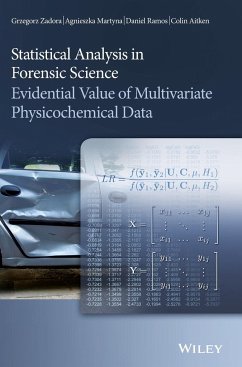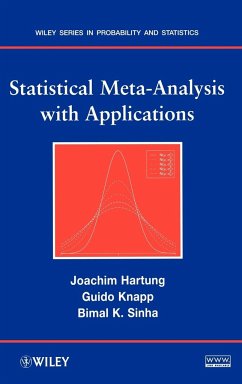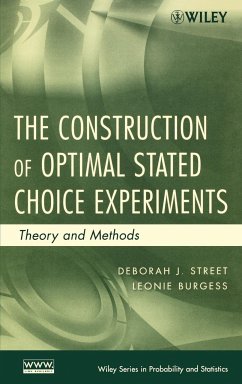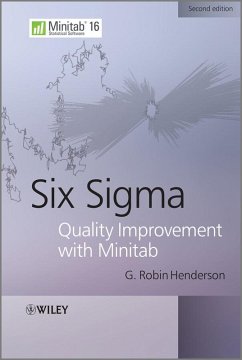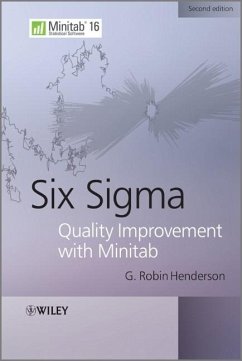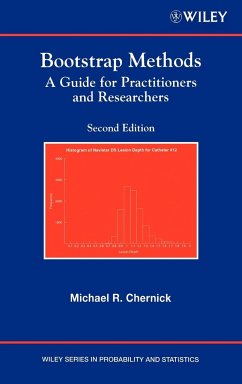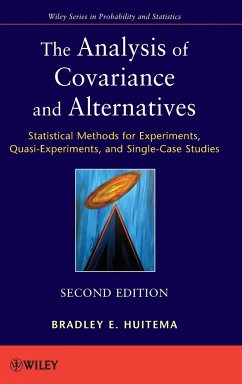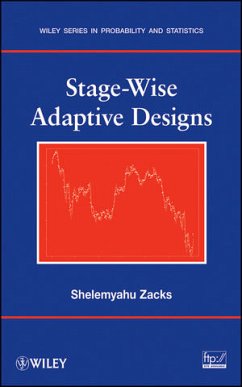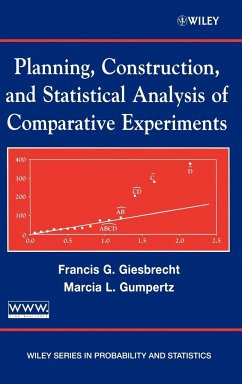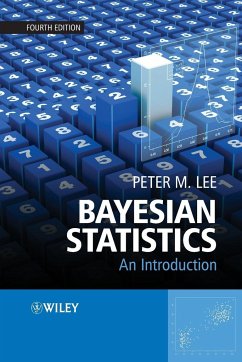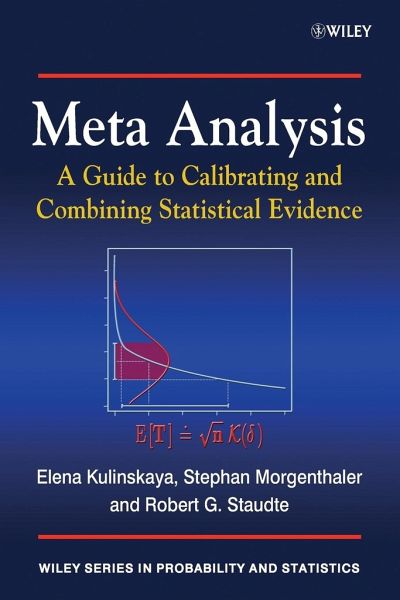
Meta Analysis
A Guide to Calibrating and Combining Statistical Evidence

PAYBACK Punkte
42 °P sammeln!
Meta Analysis: A Guide to Calibrating and Combining Statistical Evidence acts as a source of basic methods for scientists wanting to combine evidence from different experiments. The authors aim to promote a deeper understanding of the notion of statistical evidence. The book is comprised of two parts The Handbook , and The Theory.
Studies based on small sample sizes often suffer from low power in detecting effects of interest, but this can be overcome by a meta analysis: the combination and analysis of results from a number of studies. This procedure allows for a more accurate estimation of effects, while taking into account differences between study conditions.
In Meta Analysis the results from different studies are transformed to a common calibration scale, where it is simpler to combine and interpret them. This unique approach, developed by the authors, is applicable to many study designs and conditions, and also leads to a deeper understanding of statistical evidence. The book is presented in two parts: Part 1 illustrates the methods required to combine and interpret statistical evidence, while Part 2 provides the motivation, theory and simulation experiments which justify the methods.
The book:
_ Provides a user-friendly guide for readers wishing to combine evidence from different statistical experiments.
_ Examines methods of continuous and discrete measurement, and regression, before presenting alternative methods for combining evidence.
_ Contains many worked examples throughout.
_ Is supported by a website containing examples with software instructions for the R environment.
Meta Analysis is ideally suited for statistical consultants and researchers in the fields of medicine, the social sciences and forensic statistics. Medical professionals undertaking basic training in statistics will also find this guide invaluable, as will practitioners of statistics interested in evidentiary statistics and related topics.
In Meta Analysis the results from different studies are transformed to a common calibration scale, where it is simpler to combine and interpret them. This unique approach, developed by the authors, is applicable to many study designs and conditions, and also leads to a deeper understanding of statistical evidence. The book is presented in two parts: Part 1 illustrates the methods required to combine and interpret statistical evidence, while Part 2 provides the motivation, theory and simulation experiments which justify the methods.
The book:
_ Provides a user-friendly guide for readers wishing to combine evidence from different statistical experiments.
_ Examines methods of continuous and discrete measurement, and regression, before presenting alternative methods for combining evidence.
_ Contains many worked examples throughout.
_ Is supported by a website containing examples with software instructions for the R environment.
Meta Analysis is ideally suited for statistical consultants and researchers in the fields of medicine, the social sciences and forensic statistics. Medical professionals undertaking basic training in statistics will also find this guide invaluable, as will practitioners of statistics interested in evidentiary statistics and related topics.




